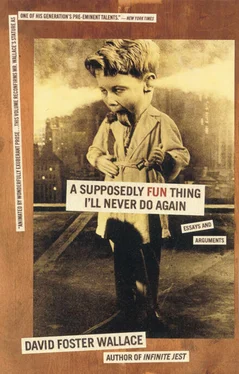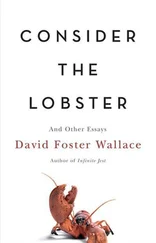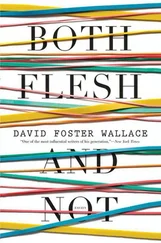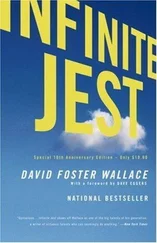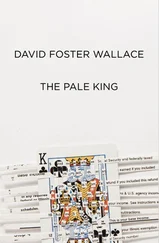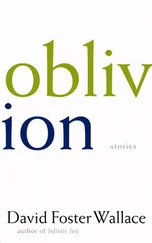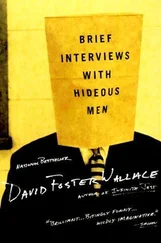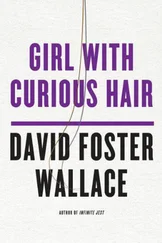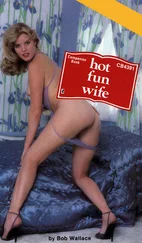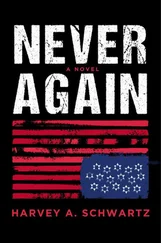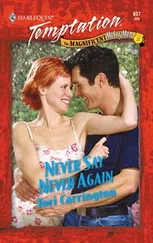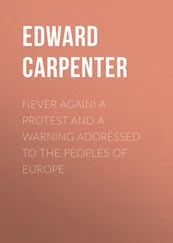For those U.S. writers whose ganglia were formed pre-TV, those who are big on neither Duchamp nor Paz and who lack the oracular foresight of a DeLillo, the mimetic deployment of pop-culture icons seems at best an annoying tic and at worst a dangerous vapidity that compromises fiction’s seriousness by dating it out of the Platonic Always where it ought to reside. In one of the graduate workshops I went through, a certain gray eminence kept trying to convince us that a literary story or novel should always eschew “any feature which serves to date it” 13because “serious fiction must be Timeless.” When we protested that, in his own well-known work, characters moved about electrically lit rooms, drove cars, spoke not Anglo-Saxon but postwar English, and inhabited a North America already separated from Africa by continental drift, he impatiently amended his proscription to those explicit references that would date a story in the “frivolous Now.” When pressed for just what stuff evoked this F.N., he said of course he meant the “trendy mass-popular-media” reference. And here, at just this point, transgenerational discourse broke down. We looked at him blankly. We scratched our little heads. We didn’t get it. This guy and his students simply did not conceive the “serious” world the same way. His automobiled Timeless and our MTV’d own were different.
If you read the big literary supplements, you’ve doubtless seen the intergenerational squabble this sort of scene typifies. 14The plain fact is that certain things having to do with fiction production are different for young U.S. writers now. And television is at the vortex of most of the flux. Because younger writers are not only Artists probing for the nobler interstices in what Stanley Cavell calls the reader’s “willingness to be pleased”; we are also, now, self-defined parts of the great U.S. Audience, and have our own aesthetic pleasure-centers; and television has formed and trained us. It won’t do, then, for the literary establishment simply to complain that, for instance, young-written characters don’t have very interesting dialogues with each other, that young writers’ ears seem “tinny.” Tinny they may be, but the truth is that, in younger Americans’ experience, people in the same room don’t do all that much direct conversing with each other. What most of the people I know do is they all sit and face the same direction and stare at the same thing and then structure commercial-length conversations around the sorts of questions that myopic car-crash witnesses might ask each other—“Did you just see what I just saw?” Plus, if we’re going to talk about the virtues of “realism,” the paucity of profound conversation in younger fiction seems accurately to reflect more than just our own generation — I mean six hours a day, in average households young and old, just how much conversation can really be going on? So now whose literary aesthetic seems “dated”?
In terms of literary history, it’s important to recognize the distinction between pop and televisual references, on the one hand, and the mere use of TV-like techniques, on the other. The latter have been around in fiction forever. The Voltaire of Candide , for instance, uses a bisensuous irony that would do Ed Rabel proud, having Candide and Pangloss run around smiling and saying “All for the best, the best of all worlds” amid war-dead, pogroms, rampant nastiness, etc. Even the stream-of-consciousness guys who fathered Modernism were, on a very high level, constructing the same sorts of illusions about privacy-puncturing and espial on the forbidden that television has found so effective. And let’s not even talk about Balzac.
It was in post-atomic America that pop influences on literature became something more than technical. About the time television first gasped and sucked air, mass popular U.S. culture seemed to become High-Art-viable as a collection of symbols and myth. The episcopate of this pop-reference movement were the post-Nabokovian Black Humorists, the Metafictionists and assorted franc-and latinophiles only later comprised by “postmodern.” The erudite, sardonic fictions of the Black Humorists introduced a generation of new fiction writers who saw themselves as sort of avant-avant-garde, not only cosmopolitan and polyglot but also technologically literate, products of more than just one region, heritage, and theory, and citizens of a culture that said its most important stuff about itself via mass media. In this regard one thinks particularly of the Gaddis of The Recognitions and JR , the Barth of The End of the Road and The Sot-Weed Factor , and the Pynchon of The Crying of Lot 49 . But the movement toward treating of the pop as its own reservoir of mythopeia gathered momentum and quickly transcended both school and genre. Plucking from my shelves almost at random, I find poet James Cummins’s 1986 The Whole Truth , a cycle of sestinas deconstructing Perry Mason. Here’s Robert Coover’s 1977 A Public Burning , in which Eisenhower buggers Nixon on-air, and his 1968 A Political Fable , in which the Cat in the Hat runs for president. I find Max Apple’s 1986 The Propheteers , a novel-length imagining of Walt Disney’s travails. Or here’s part of poet Bill Knott’s 1974 “And Other Travels”:
… in my hand a cat o nine tails on every tip of which was Clearasil
I was worried because Dick Clark had told the cameraman
not to put the camera on me during the dance parts of the show because my skirts were too tight 15
which serves as a great example because, even though this stanza appears in the poem without anything you d normally call context or support, it is in fact self -supported by a reference we all, each of us, immediately get, conjuring as it does with Bandstand ritualized vanity, teenage insecurity, the management of spontaneous moments. It is the perfect pop image, at once slight and universal, soothing and discomfiting.
Recall that the phenomena of watching and consciousness of watching are by nature expansive. What distinguishes another, later wave of postmodern literature is a further shift from television-images as valid objects of literary allusion to television and metawatching as themselves valid subjects . By this I mean certain literature beginning to locate its raison in its commentary on/response to a U.S. culture more and more of and for watching, illusion, and the video image. This involution of attention was first observable in academic poetry. See for instance Stephen Dobyns’s 1980 “Arrested Saturday Night”:
This is how it happened: Peg and Bob had invited Jack and Roxanne over to their house to watch the TV, and on the big screen they saw Peg and Bob, Jack and Roxanne watching themselves watch themselves on progressively smaller TVs… 16
or Knott’s 1983 “Crash Course”:
I strap a TV monitor on my chest so that all who approach can see themselves and respond appropriately. 17
The true prophet of this shift in U.S. fiction, though, was the aforementioned Don DeLillo, a long-underrated conceptual novelist who has made signal and image his unifying topoi the same way Barth and Pynchon had sculpted in paralysis and paranoia a decade earlier. DeLillo’s 1985 White Noise sounded, to fledgling fictionists, a kind of televisual clarion-call. Scenelets like the following seemed especially important:
Several days later Murray asked me about a tourist attraction known as the most photographed barn in America. We drove twenty-two miles into the country around. Farmington. There were meadows and apple orchards. White fences trailed through the rolling fields. Soon the signs started appearing. THE MOST PHOTOGRAPHED BARN IN AMERICA. We counted five signs before we reached the site…. We walked along a cowpath to the slightly elevated spot set aside for viewing and photographing. All the people had cameras; some had tripods, telephoto lenses, filter kits. A man in a booth sold postcards and slides — pictures of the barn taken from the elevated spot. We stood near a grove of trees and watched the photographers. Murray maintained a prolonged silence, occasionally scrawling some notes in a little book.
Читать дальше
